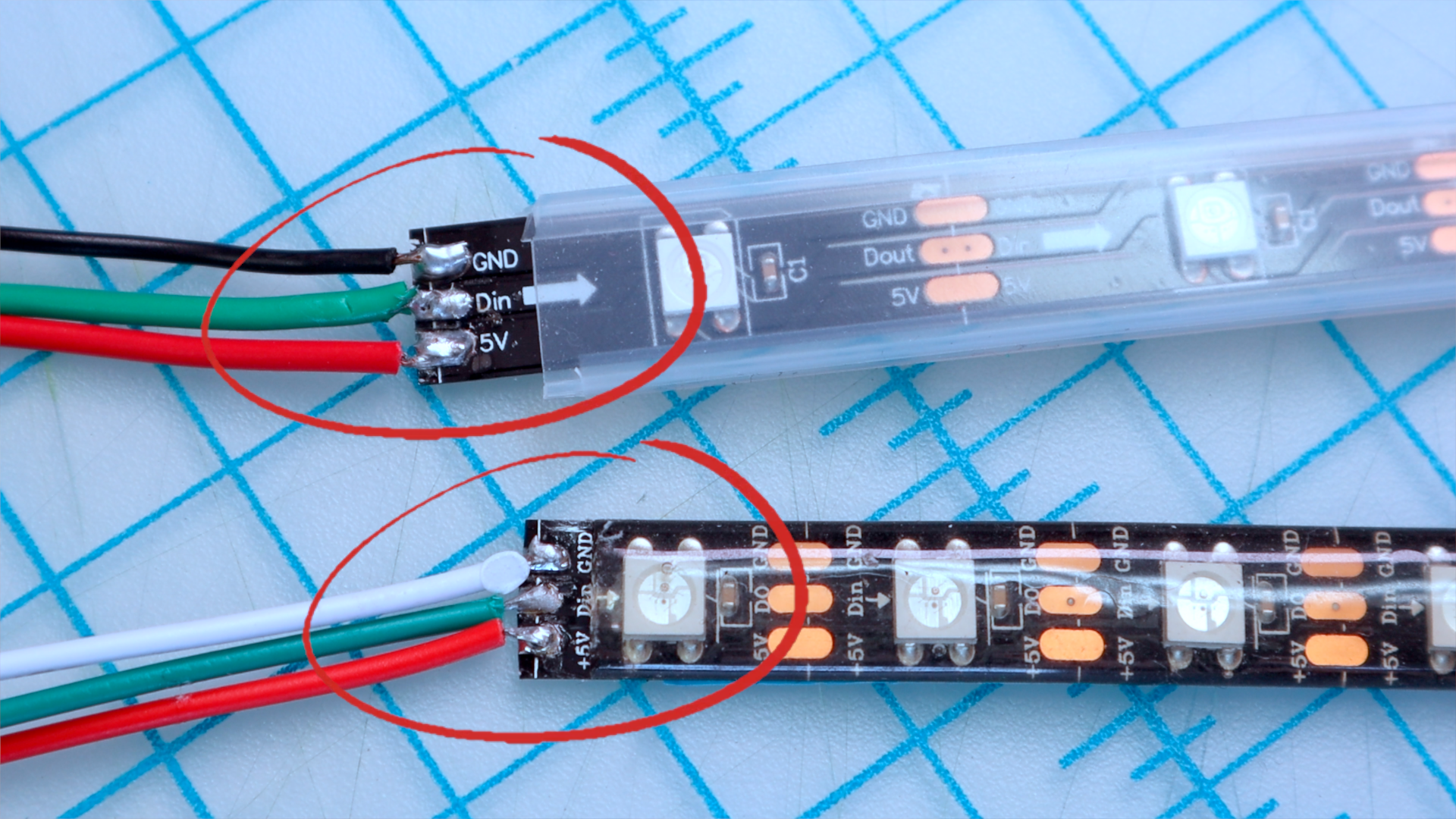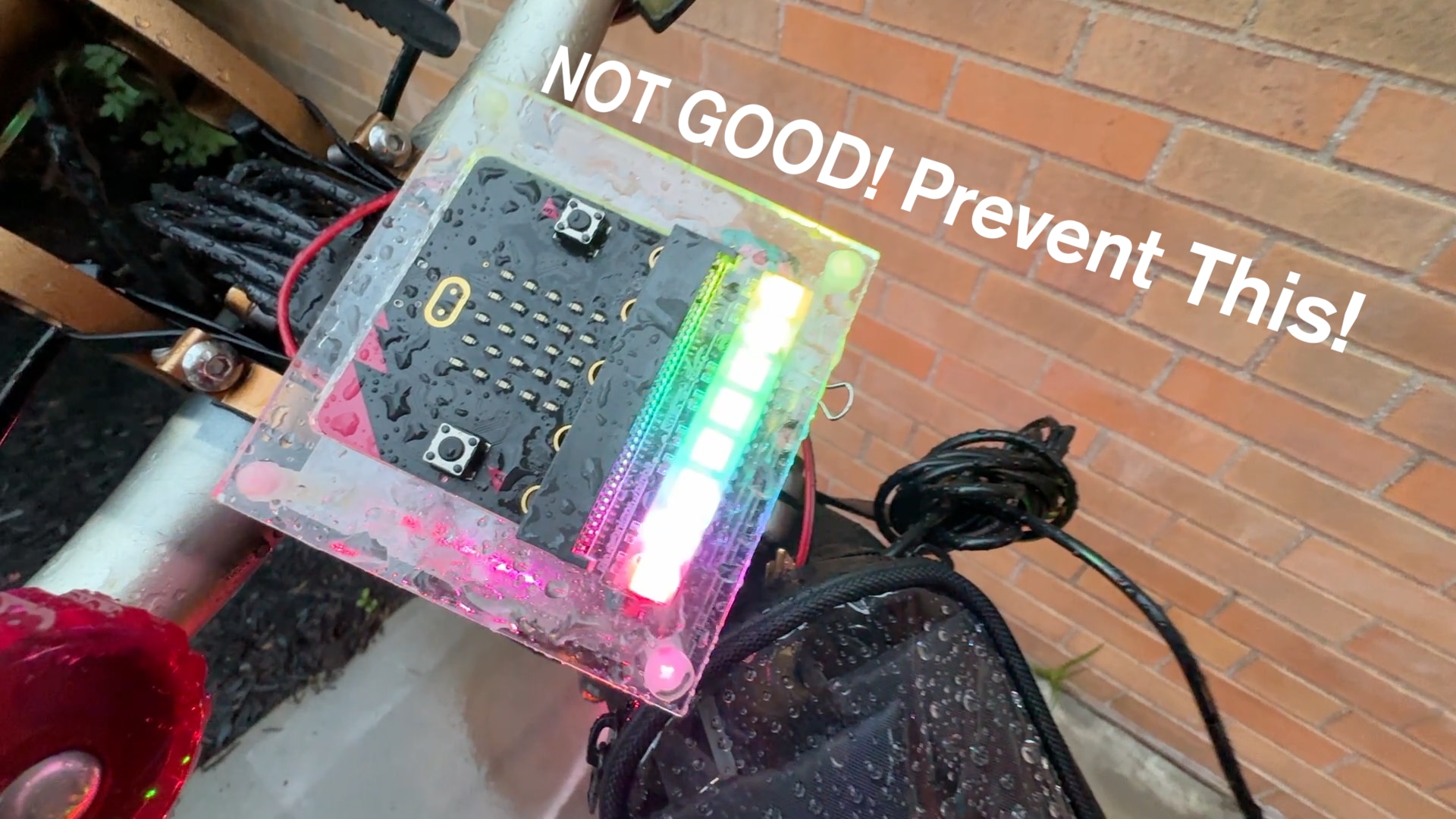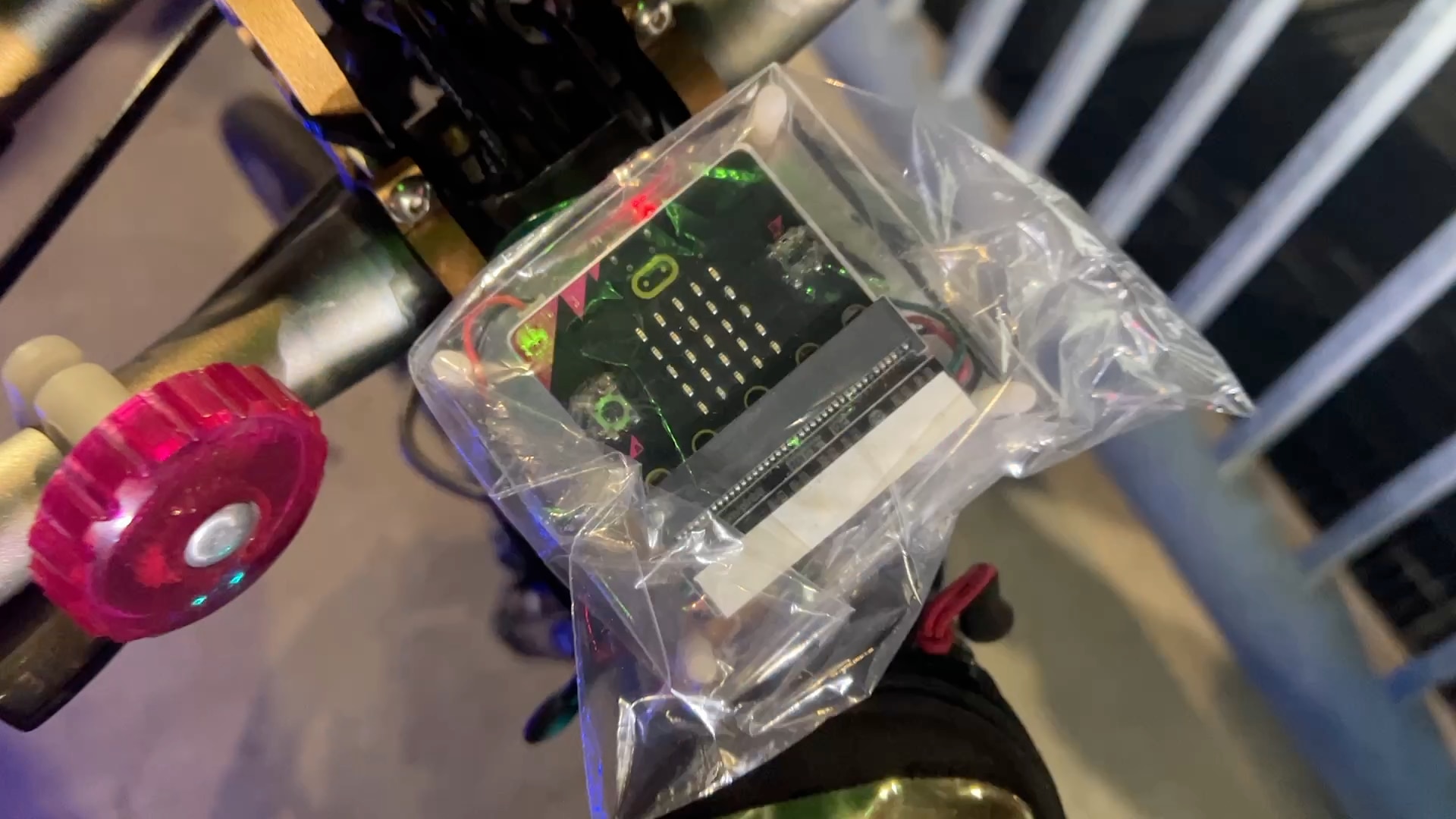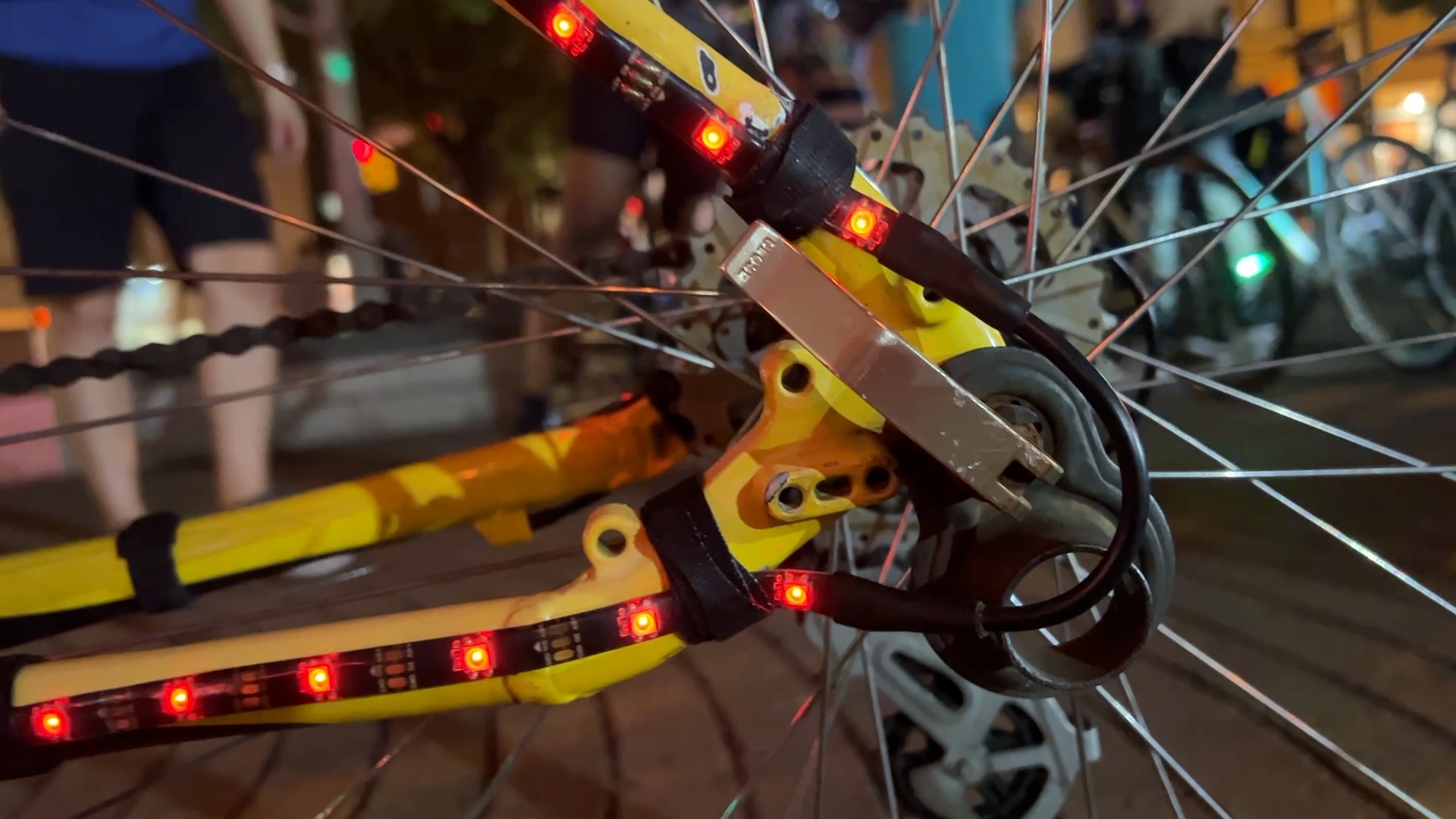Welcome back! Natasha here. :)
This is the ninth of 10 blog posts featuring each video in my series on animating LEDs with micro:bit and Make Code. If you've just stumbled upon this post, start from the beginning here.
NeoPixels: Make them Durable!
In the last video I showed you all the many types of NeoPixel LEDs so that you can create your own custom LED project. In this video, I'll share how to plan ahead for durability and weatherproofing so your project can withstand the elements!
Watch it now:
NeoPixel connections are fragile, so I go over a few ways to reinforce them, including adding heat shrink - a small plastic tube that shrinks around your connections when you heat it up for durability and water resistance.
| {gallery}Heat Shrinking NeoPixels |
|---|
 |
|
|
|
|
Just like all electronics, the micro:bit, battery, and LED connections should be kept dry to prevent a short circuit. I offer tips on weatherproofing the LEDs and project components.

More helpful tips in the video!

How did it go?
What have you done to make your project more durable or weatherproof?
Comment below or join the Discord channel to share your questions and ideas.
See you there!


